Crafting the perfect homemade French fries can be a deliciously rewarding experience, but many encounter common pitfalls that hinder their culinary success. This guide will illuminate 15 frequent missteps to help you achieve that ideal crispy, golden fry every time.
1. Skipping The Soak
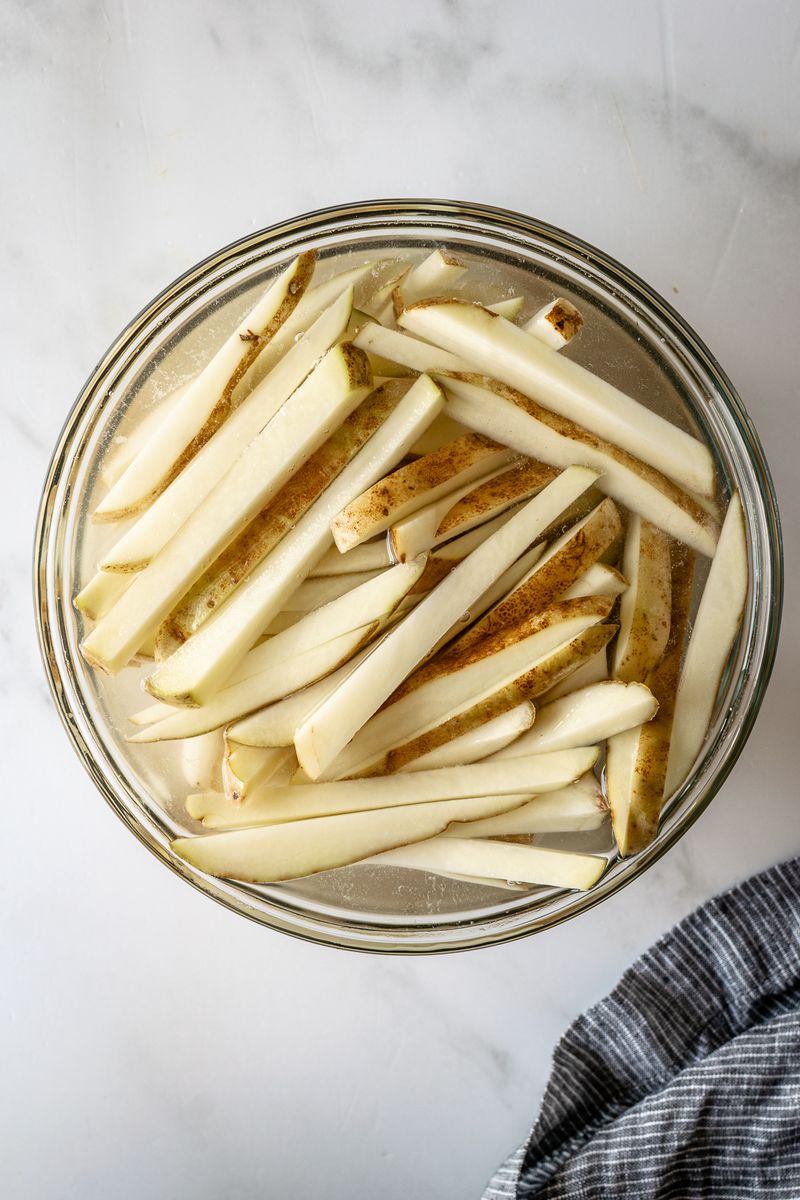
Many skip the soaking step, thinking it’s unnecessary, yet soaking your sliced potatoes in cold water for at least 30 minutes is crucial. This process helps remove excess starch, preventing fries from sticking together and ensuring a crispier texture. Imagine the delightful crunch of a well-made fry!
Beyond texture, soaking can also enhance the flavor, allowing seasonings to adhere better. Skipping this step might save time, but it could compromise the taste and texture. So, embrace patience and let your fries take a bath for optimal results!
2. Too Thick, Too Thin
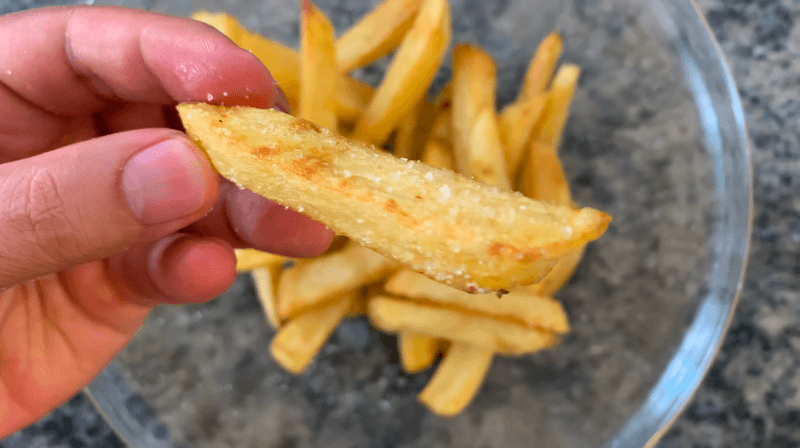
Striking the right balance in thickness is essential for perfect fries. Too thick, and they may turn out soggy and undercooked inside; too thin, and they might burn before the inside is cooked through.
A thickness of about 1/4 inch is generally ideal. It ensures that the fries cook evenly, achieving the perfect crispy exterior while maintaining a fluffy center. Consider experimenting with different cuts to find your personal preference, but remember that consistency in size is key for uniform cooking. Finding that sweet spot can transform your frying experience!
3. Ignoring The Oil Temperature
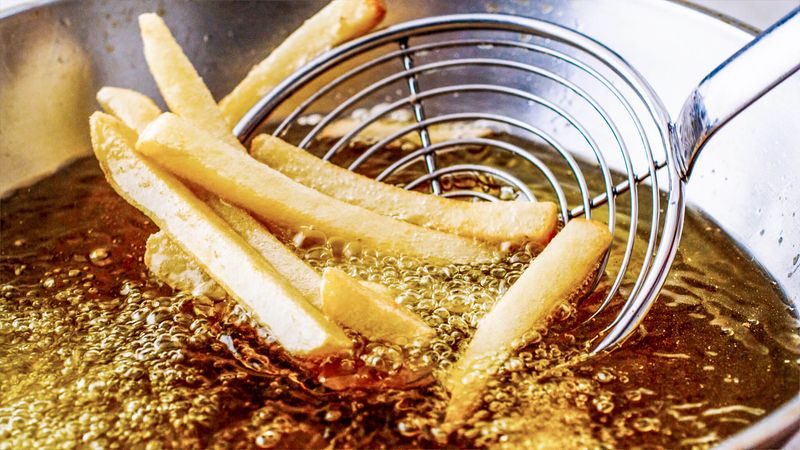
Oil temperature plays a crucial role in achieving that perfect fry. Heat it too high, and your fries will cook too quickly, leaving a burnt outside and raw inside. Too low, and they absorb oil, becoming greasy.
Aim for a temperature around 350°F to 375°F. Using a thermometer ensures precision, allowing you to maintain this optimal range throughout the frying process. If you’re serious about frying, investing in a good thermometer can be a game-changer.
4. Rushing The Process
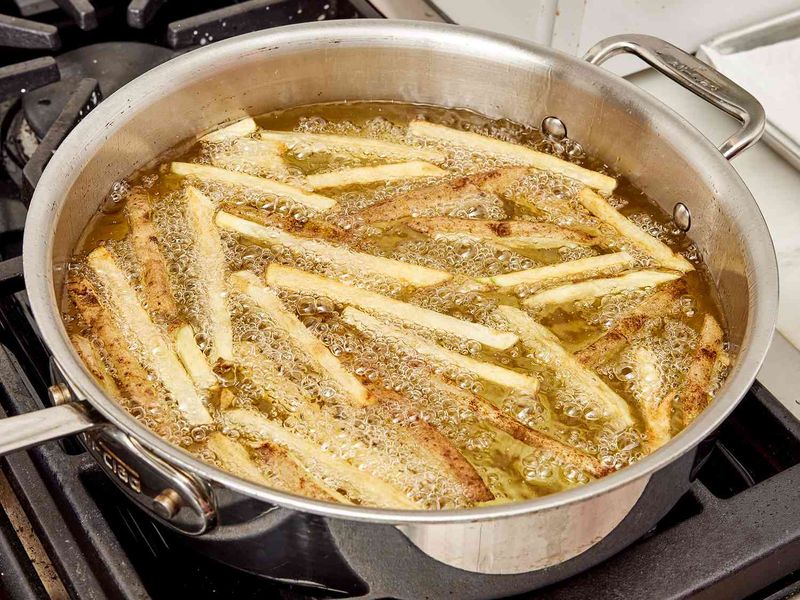
Impatience can ruin your frying efforts. Rushing the process often leads to fries that are either overcooked or undercooked. Give your fries the time they need to cook properly.
Start with a lower temperature for the initial fry, then increase the heat for a second round. This double-frying technique helps achieve a crispy exterior without burning. It’s a step worth taking if you want your fries to stand out.
5. Skipping The Seasoning
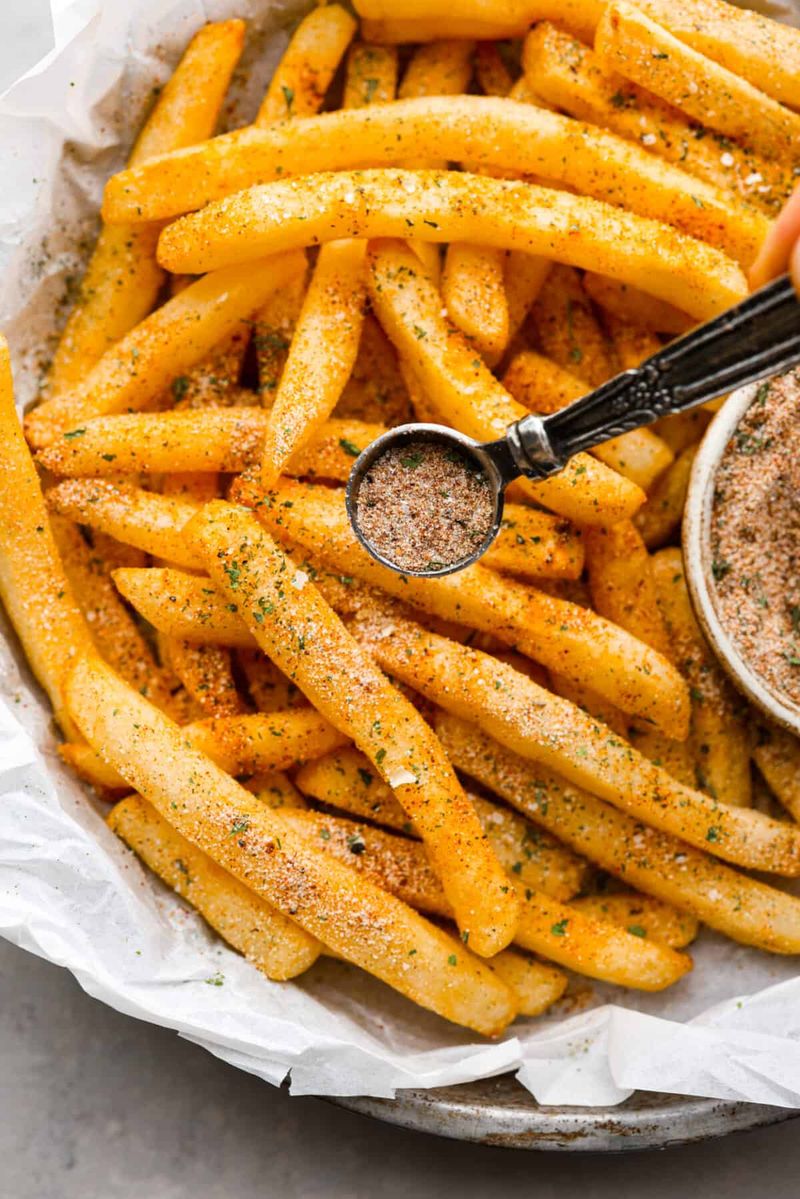
Seasoning is an art that elevates your fries from ordinary to extraordinary. Skipping this crucial step results in bland, uninspiring fries. The moment they come out of the oil, season them generously while they’re still hot.
This ensures that the seasoning sticks, infusing each fry with flavor. Experiment with different spice blends or just stick to classic salt—either way, seasoning will enhance the taste significantly.
6. Overcrowding The Fryer
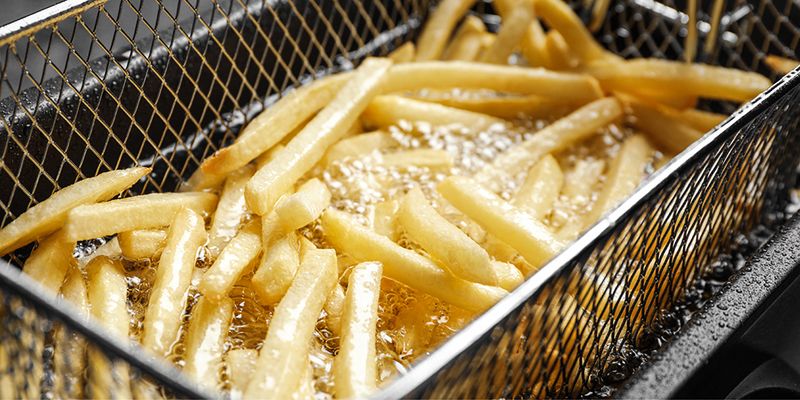
Overcrowding is a common mistake that leads to unevenly cooked fries. When too many fries are in the fryer, the oil temperature drops, causing them to steam rather than fry.
To avoid this, cook in small batches, allowing the oil to maintain a consistent temperature. Each fry should have enough space to move around, ensuring even cooking. While cooking in batches takes more time, the quality of your fries will significantly improve.
7. Skipping The Drying Process
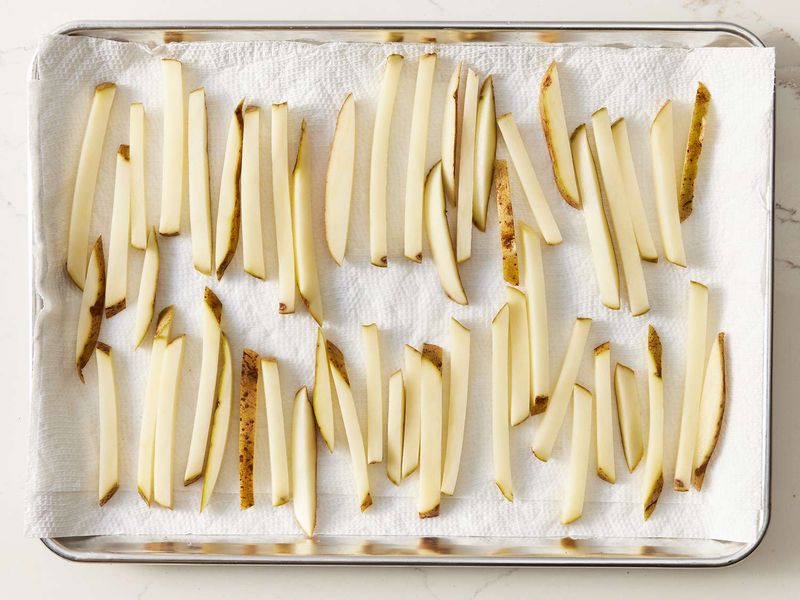
Failing to dry your potatoes before frying can lead to disappointing results. Moisture is the enemy of crispiness, causing fries to steam rather than fry. Pat your potato sticks dry with paper towels or a clean kitchen cloth before they hit the fryer.
This step ensures that they fry evenly and achieve that coveted crunch. Taking the time to dry your potatoes might seem trivial, but it makes a significant difference in texture.
8. Using The Wrong Potato
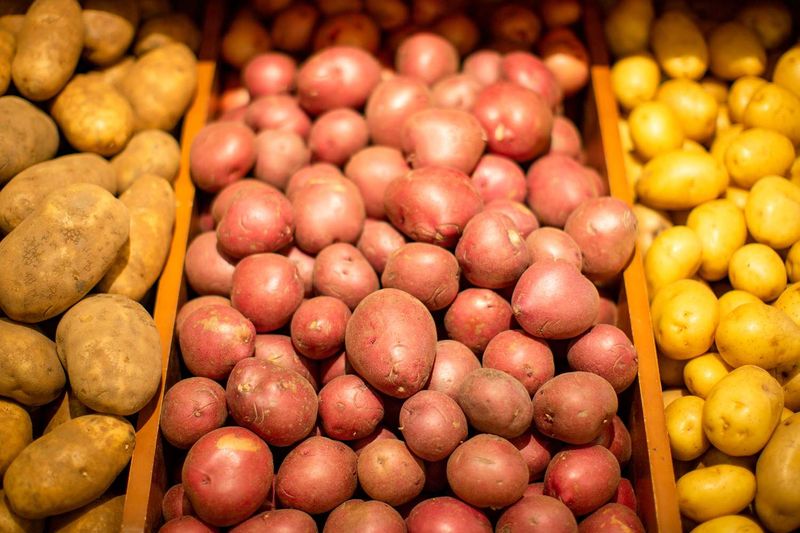
Choosing the right potato is essential for fries. Not all potatoes are created equal; some are better suited for frying than others. Russet potatoes are often recommended due to their high starch and low moisture content.
This combination results in fries that are fluffy on the inside and crispy on the outside. Yukon Golds can also work but choose carefully. Avoid waxy potatoes as they tend to become mushy.
9. Neglecting Oil Quality
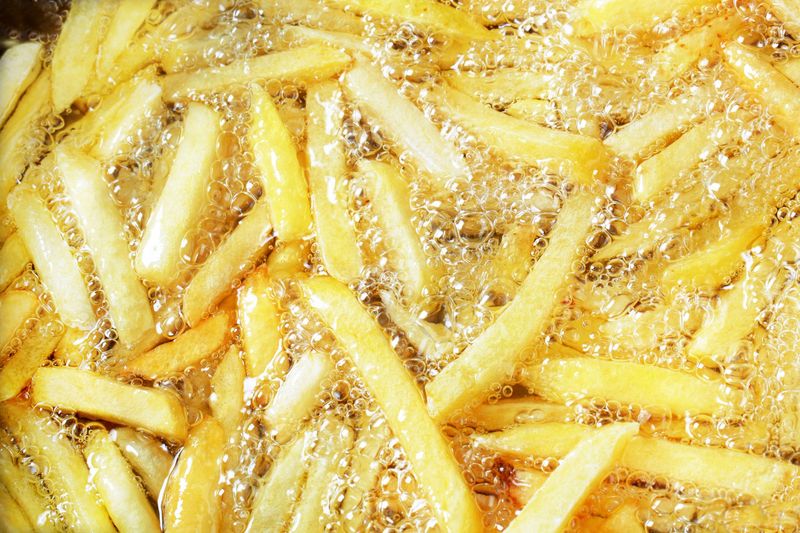
The quality of your oil can directly impact the flavor and texture of your fries. Using oils with low smoke points, like olive oil, can result in burnt flavors. Opt for oils with high smoke points, such as canola, peanut, or sunflower oil.
These choices ensure a clean taste and a perfect crisp. Additionally, reusing oil too many times can impart unwanted flavors and diminish quality. Always use fresh oil for the best results.
10. Frying Too Cold
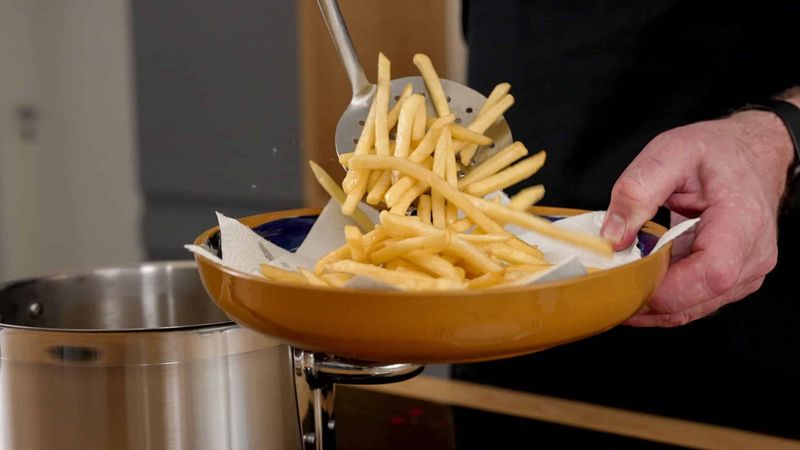
If your oil isn’t hot enough, your fries will absorb it, resulting in greasy, unappetizing fries. Proper frying requires oil temperatures to be consistently maintained between 350°F and 375°F.
Using a thermometer can help you keep track. The right temperature ensures your fries cook quickly and evenly, achieving that golden crispiness. Skipping this can lead to a soggy disappointment.
11. Not Double Frying

A single fry just won’t cut it if you’re aiming for the ultimate crispy fry. Double frying is a game-changer, as the first fry cooks the interior, while the second adds an irresistible crunch.
Start with a lower temperature for the first fry, then increase it for the second. This technique ensures that your fries are cooked through and crispy on the outside.
12. Using Unsuitable Tools
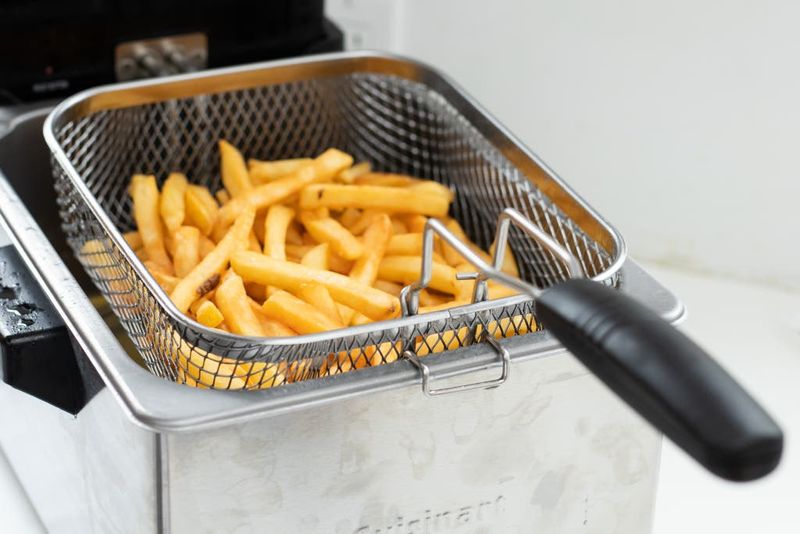
Having the right tools makes all the difference in fry preparation. Using unsuitable tools can result in broken fries or uneven cooking. Opt for a sturdy slotted spoon or tongs to handle your fries gently.
These tools allow excess oil to drain off and prevent breaking. Investing in a wire cooling rack is also wise, as it helps maintain crispiness after frying.
13. Ignoring The Resting Period
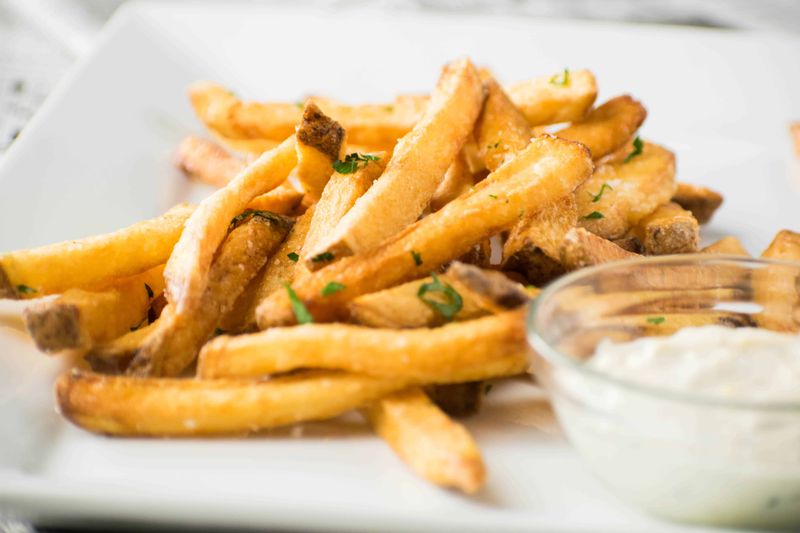
Freshly fried fries need to rest briefly to reach peak deliciousness. Ignoring this period might leave them too oily or limp. Allowing them to sit on a wire rack lets excess oil drain and the texture to firm up.
This short resting time, often just a few minutes, can significantly enhance the overall eating experience. While it might be tempting to dive in immediately, a little patience goes a long way.
14. Choosing The Wrong Salt
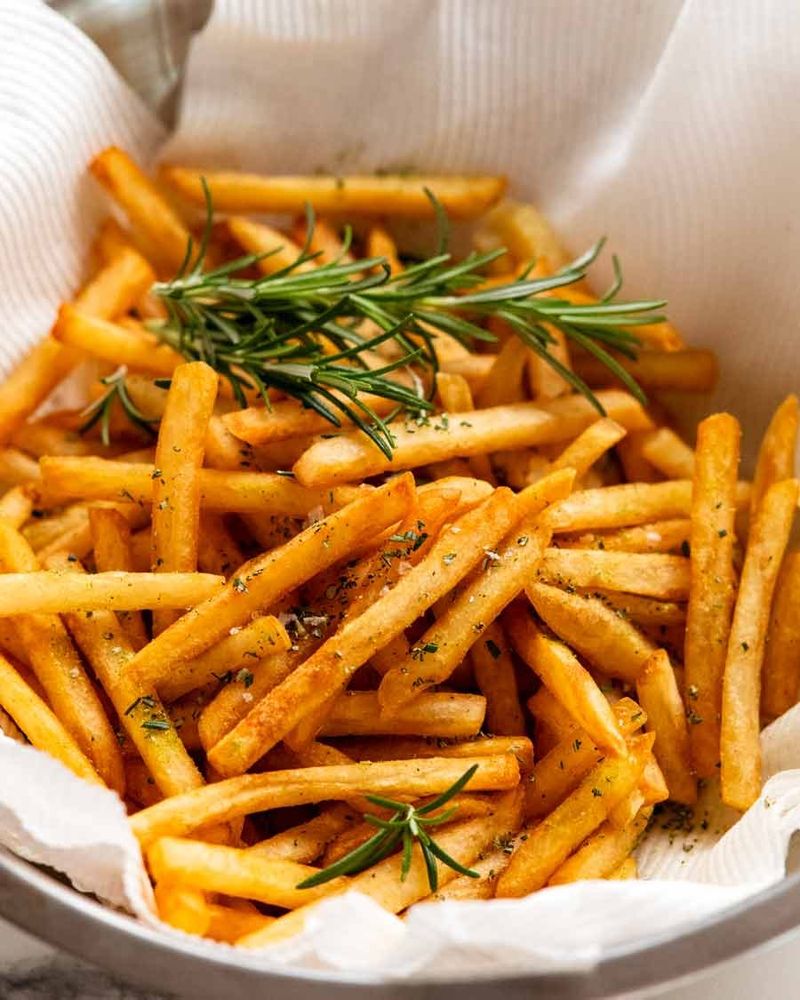
Salt selection can elevate your fries from good to great. Different salts have varying textures and flavors, impacting the final taste. Use fine sea salt or kosher salt for an even coating that adheres well.
Avoid using table salt, as it can be too harsh and overpowering. Experiment with flavored salts for a creative twist. Salt is more than just a seasoning; it’s a statement.
15. Neglecting The Frying Vessel
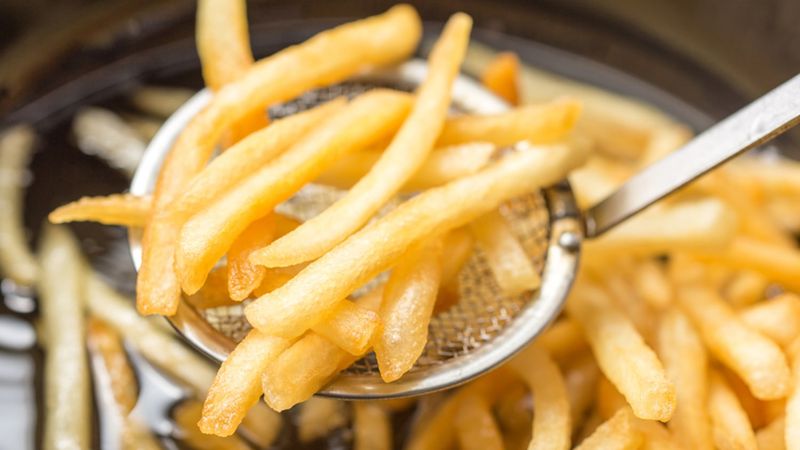
The choice of frying vessel impacts your fries’ quality. A shallow pan might lead to uneven cooking, while a deep pot allows for more consistent temperature control.
Using a heavy-bottomed pot or deep fryer provides better heat retention and distribution, crucial for achieving that perfect fry. The right vessel supports your technique, ensuring a flawless outcome.
Leave a comment